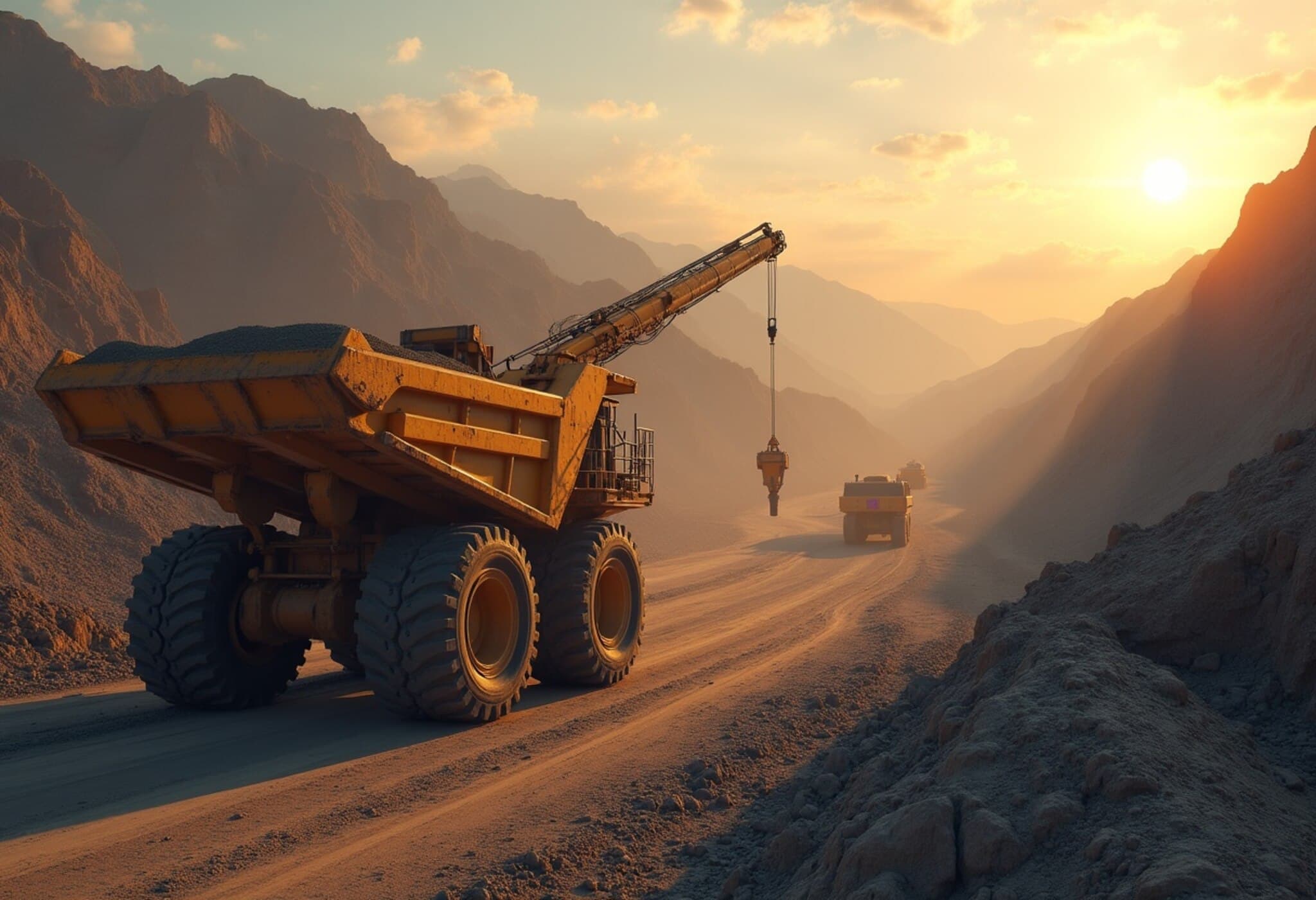Chinese Mining Firms Accelerate Overseas Acquisitions Amid Geopolitical Shifts
In a strategic push driven by insatiable domestic demand and mounting geopolitical headwinds, Chinese mining companies have significantly ramped up their acquisitions abroad, reaching levels unseen in over ten years. According to data analyzed from S&P and Mergermarket, there were 10 overseas mining deals valued over $100 million in 2023 alone—the highest tally since 2013.
This surge in activity is not just a reflection of market opportunity but a calculated response to an evolving geopolitical landscape. As western nations intensify efforts to reduce dependence on Chinese supply chains for critical minerals essential in green technologies and high-tech manufacturing, China’s mining firms are racing to secure access to vital raw materials globally.
Why Are Chinese Firms Racing for Mining Assets Abroad?
China is the dominant consumer globally for a broad spectrum of key minerals—including lithium, cobalt, and rare earth elements. Although it leads in processing these materials, it still relies heavily on imports for raw mineral inputs. This dependency has propelled Chinese firms to aggressively expand overseas mining interests to ensure long-term resource security.
Michael Scherb, founder of Appian Capital Advisory, explains, “Chinese groups see a narrowing window to complete major deals before political restrictions clamp down further. There’s a palpable rush to move acquisitions across the finish line in the near term.”
- Zijin Mining’s $1.2 billion acquisition of a gold mine in Kazakhstan stands out as a marquee deal in 2024.
- Earlier, Baiyin Nonferrous Group made headlines with its $420 million purchase of the Mineração Vale Verde copper and gold mine in Brazil.
Linking Mining to China’s High-Tech Ambitions
Experts highlight that mining deals remain considerably larger than the more modest infrastructure projects typical under China’s Belt and Road Initiative. According to Christoph Nedopil from the Griffith Asia Institute, this strategic pivot reflects China’s focus on sectors like battery manufacturing and renewable energy—industries that depend heavily on secure mineral supplies.
“Mining and resource acquisitions are critical to building the high-tech manufacturing base which powers future industries,” Nedopil notes. This underscores why China continues to assert dominance in processing critical minerals even as it looks abroad to supplement scarce domestic reserves.
Western Concerns and Chinese Competitive Edge
Countries such as Canada and Australia have grown increasingly cautious about Chinese investments in their mining sectors due to national security concerns tied to critical minerals. Adam Webb, head of battery raw materials at Benchmark Mineral Intelligence, points out that these minerals are strategic assets fundamental to the technology supply chain.
Despite geopolitical headwinds, Chinese firms have refined their acquisition strategies, displaying greater sophistication and willingness to engage in riskier, longer-term investments. Scherb observes a notable shift: “Previously, the government backed a single buyer for each project. Now, competition among Chinese firms is encouraged, signaling growing confidence in securing assets even against western rivals.”
John Meyer, analyst at SP Angel, adds, “Chinese companies actively acquire critical material resources to preempt western involvement, especially where they have industry dominance. Lithium mining is a key battleground where Chinese investment is relentless.”
Resource Nationalism and Chinese Resilience
In addition to competitive acquisition tactics, Chinese entities benefit from rising resource nationalism in mineral-rich countries, particularly in Africa. Timothy Foden of Boies Schiller Flexner explains that some governments have nationalized or increased royalties on western-owned mines, creating openings for Chinese firms willing to accept lower immediate returns for operational control.
This dynamic underlines how Chinese mining corporations integrate risk tolerance with geopolitical savvy to strengthen their global footprint amid an uncertain international environment.
Looking Ahead: What Does This Mean for the Global Mining Landscape?
Industry insiders predict sustained dealmaking momentum for Chinese mining enterprises in the near future. Richard Horrocks-Taylor of Standard Chartered foresees a “healthy level of activity,” driven by China’s strategic imperatives and the evolving global race for critical resources.
With China continuing to funnel billions in loans for mining and processing projects in developing economies, the shift in global supply chains may accelerate, challenging Western policies aimed at diversification.
Key Takeaways:
- Chinese mining investment in overseas assets is at its highest since 2013, driven by strategic resource security concerns.
- This shift supports China’s ambitions in emerging high-tech sectors like renewable energy and batteries.
- Rising resource nationalism and geopolitical fractures create new openings for Chinese firms willing to accept different risks and returns.
- Western nations remain wary, heightening the geopolitical complexity around critical mineral supplies.
Editor’s Note
China’s aggressive expansion in international mining ventures paints a vivid picture of how resource strategies intertwine with global politics and technology ambitions. While securing raw materials seems a technical economic move, it arguably foreshadows deeper shifts in supply chain resilience, economic sovereignty, and geopolitical alignments. The question remains: how will Western countries recalibrate their policies to counterbalance China’s growing presence in critical mineral markets without igniting a resource-driven Cold War? Readers are encouraged to consider the long-term geopolitical and economic implications as these developments unfold.



















